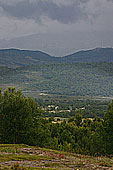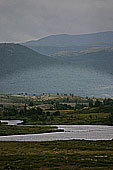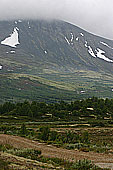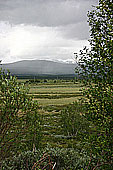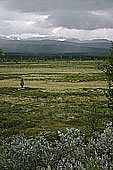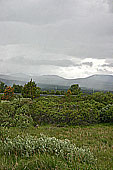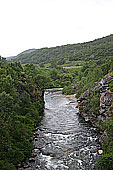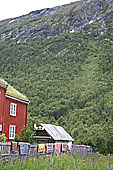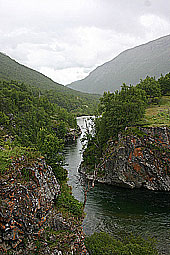Dovrefjell

Snøhetta is the highest mountain in the mountain range of Dovrefjell, and the highest mountain in Norway outside of the Jotunheimen range, making it the 24th highest peak in Norway, based on a 30 metre topographic prominence cutoff. It also has Norways third largest primary factor. The mountain is inside Dovrefjell-Sunndalsfjella National Park.
The mountain has several peaks.
- Stortoppen, the highest summit, 2,286 meters.
- Midttoppen, 2,278 meters, prominence 35 m
- Hettpiggen, 2,261 meters, prominence 50 m
- Vesttoppen, 2,253 meters, prominence 70 m
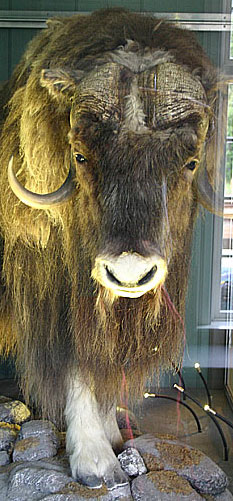
Several mountain inns were established in the Middle Ages to house pilgrims traveling to Trondheim, and there are even ruins of an old leprosy colony in the northern area.
Since reintroduced with muskoxens in the early 20th century. They have become symbols of Dovre Mountains and the area has 2 national park and also houses rare plants and wild reinfeer. This oxen stands like sentinel at the permanent display of Dovre Mountain in the railroad station at Oppdal.
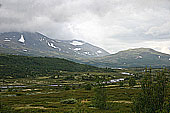
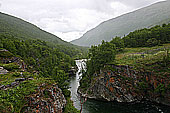
...Slay him!
May I hack him on the fingers?
May I tug him by the hair?
Hu, hey, let me bite him in the haunches!
Shall he be boiled into broth and bree?
Shall he roast on a spit or be browned in a stewpan?
Ice to your blood, friends!....
(Peer Gynt)








